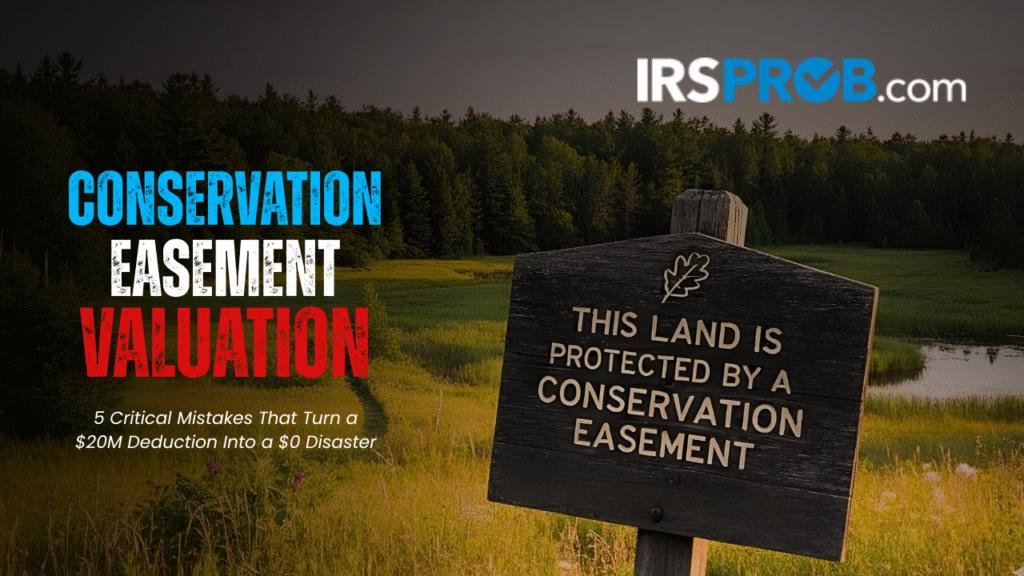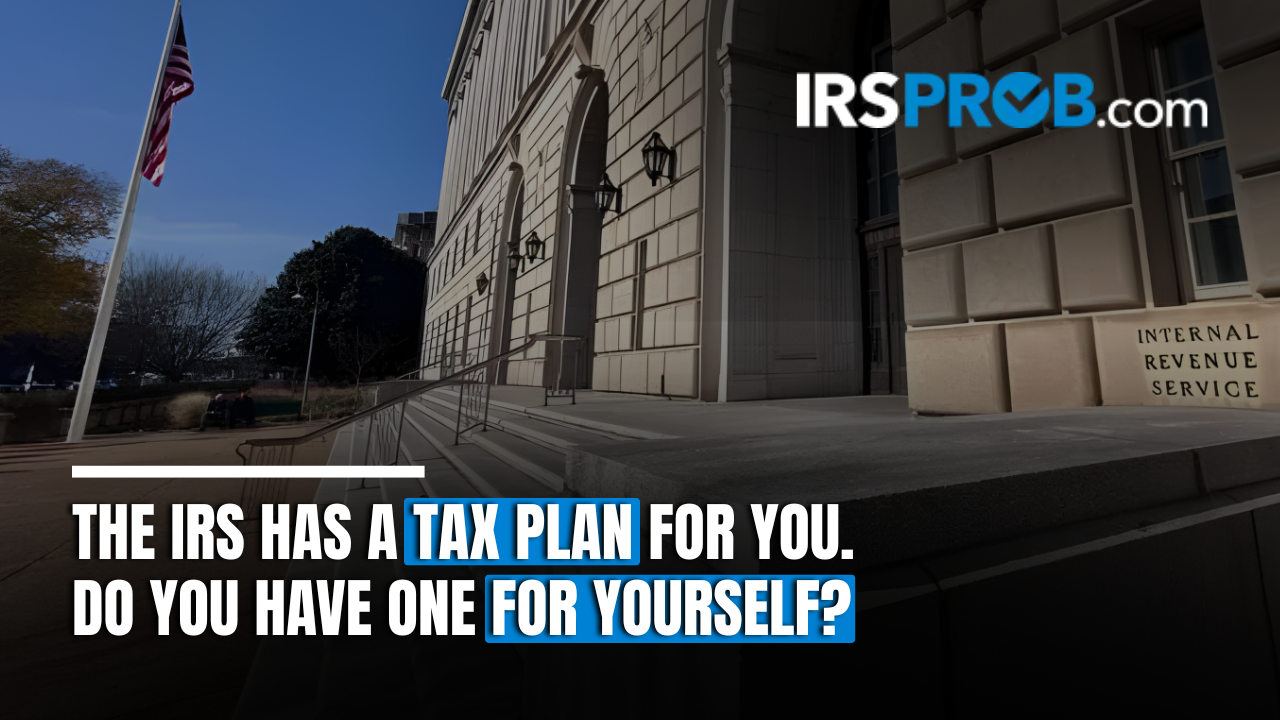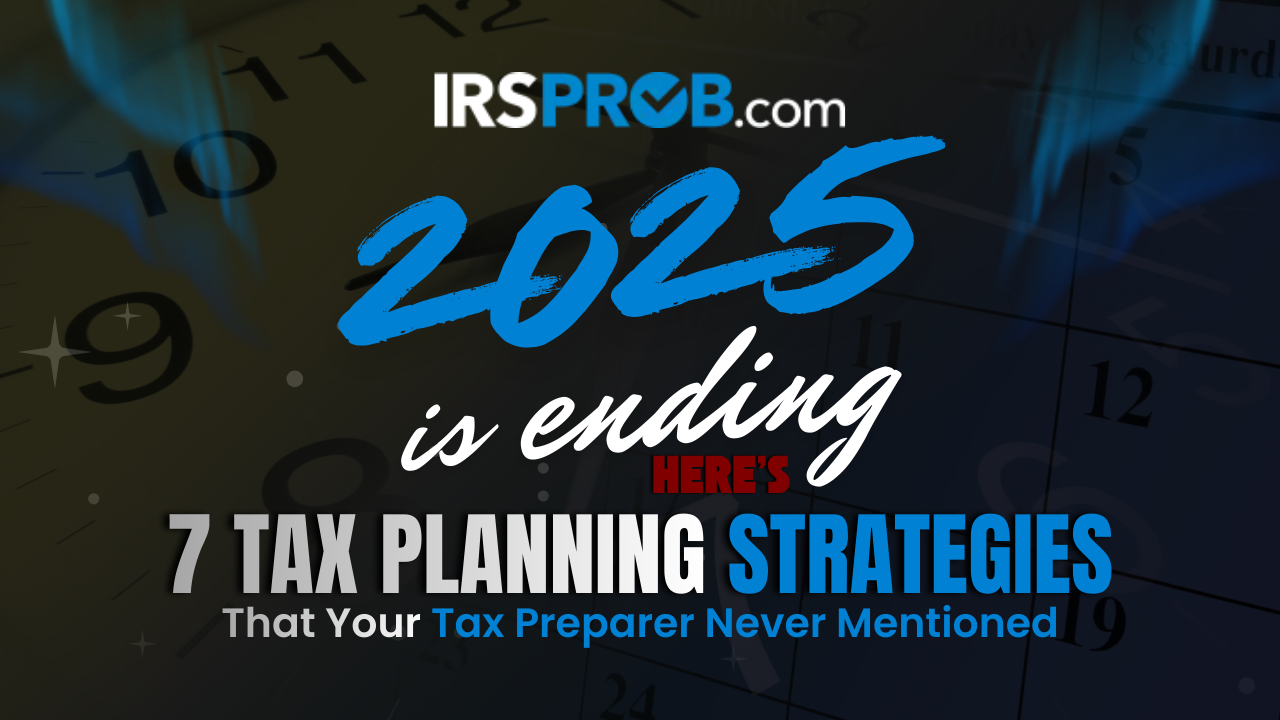
Picture this: you invest $500,000 in a conservation easement partnership. Your appraiser values the easement at $20 million, promising you a massive tax deduction that could save millions in taxes. Fast forward three years, and the IRS sends you a notice. Your $20 million deduction? Reduced to zero.
This isn't a hypothetical scenario. It's happening right now to landowners and investors across America.
The IRS loves a good conservation easement when it's done right. These agreements protect our natural heritage, preserve wildlife habitats, and maintain open spaces for future generations.
But what the IRS absolutely hates are bad valuations. And lately, they're coming down hard on overvalued easements with unprecedented force.
Why Conservation Easement Valuation Matters More Than Ever
In September 2025, the Tax Court dismantled a syndicated conservation easement transaction in Jackson Stone South, LLC v. Commissioner, slashing a claimed $19 million easement deduction down to just $405,000. The partnership didn't just lose the deduction. They faced a 40% penalty on the overvaluation and an additional 20% negligence penalty.
Charitable deductions claimed from conservation easements (2010-2017)
Between 2010 and 2017 alone, taxpayers claimed an estimated $26.8 billion in charitable deductions from conservation easements. With numbers that large, you can bet the IRS is paying very close attention. And they've made their position crystal clear with new regulations.
In October 2024, the IRS finalized regulations identifying certain syndicated conservation easement transactions as listed transactions, requiring special disclosure and subjecting participants to penalties for failure to report. Translation: if you're in one of these deals, the IRS already has you on their radar.
The Anatomy of a Failed Conservation Easement Valuation
Let's break down what actually goes wrong in these cases because understanding the mistakes could save you from financial disaster.
Mistake 1: Ignoring the Highest and Best Use Reality Check
Here's where many conservation easement valuations fall apart right from the start. The concept of "highest and best use" isn't just appraisal jargon. It's the cornerstone of property valuation, and the Tax Court takes it seriously.
The highest and best use must be physically possible, legally permissible, and financially feasible, focusing on uses likely to be needed in the reasonably near future. That last part is crucial. Your appraiser can't just dream up the most profitable hypothetical use for your land. The use has to be realistic.
Mistake 2: Relying on Speculative Cash Flow Projections
This is where conservation easement valuation gets really interesting, and by interesting, I mean where taxpayers often get themselves into serious trouble.
There are essentially two main approaches to valuing property: the comparable sales method and the discounted cash flow analysis. The comparable sales method looks at what similar properties actually sold for in the real world. The DCF method projects future cash flows from developing or using the property.
Guess which one the Tax Court prefers? If you said comparable sales, you're catching on.
Mistake 3: The Appraiser Independence Problem
Let's talk about something uncomfortable but critically important: appraiser independence. Or more accurately, the lack of it in some conservation easement deals.
In Jackson Stone, the IRS argued that the appraiser wasn't truly independent because facts suggested collusion to overstate values. While the court ultimately rejected this specific argument, finding no direct evidence of a deal between the donor and appraiser to falsely overstate value, it's a red flag the IRS looks for aggressively.
Mistake 4: Treating the Purchase Price as Irrelevant
Here's a mistake that seems to defy common sense, yet it happens repeatedly in conservation easement cases. Investors or partnerships buy land at a certain price, then immediately turn around and claim the conservation easement on that same land is worth many multiples of what they just paid.
In Excelsior Aggregates, the IRS pointed out that the taxpayer's appraised value showed a 1,872% increase from the $9.5 million purchase price paid just months earlier.
Mistake 5: Ignoring the 2.5X Bright Line Rule
The IRS's October 2024 final regulations established a bright-line threshold: syndicated conservation easement transactions become listed transactions when the claimed charitable contribution deduction exceeds 2.5 times the sum of each partner's relevant basis.
What does this mean in practice? If you invest $100,000 in a conservation easement partnership, and the partnership claims deductions totaling more than $250,000 for your share, you've crossed into listed transaction territory.
Case Study: The $19 Million Disaster
Jackson Stone South, LLC v. Commissioner
In this September 2025 case, the Tax Court completely dismantled a syndicated conservation easement transaction:
| Valuation Aspect | Taxpayer Claim | Court Determination |
|---|---|---|
| Easement Value | $19,044,000 | $405,000 |
| Deduction Reduction | 100% | ~2% |
| Penalties Applied | None | 40% gross valuation penalty + 20% negligence penalty |
The partnership didn't just lose the deduction. They faced a 40% penalty on the overvaluation and an additional 20% negligence penalty on the remaining underpayment that resulted from complete disallowance of even the legitimate $405,000 deduction due to other technical failures.
The Financial Devastation of Getting It Wrong
When a conservation easement valuation falls apart, the financial consequences cascade in ways that can devastate your finances.
The penalty for a gross valuation misstatement, which occurs when the claimed value exceeds 200% of the correct value, is 40% of the underpayment. And here's the kicker: the reasonable cause defense available for some penalties is statutorily unavailable for gross valuation misstatements regarding charitable contribution property.
Real-World Financial Impact
Say you claimed a $10 million conservation easement deduction. You're in the top tax bracket of 37%. That deduction saves you $3.7 million in federal taxes. Sounds great, right?
Now the IRS audits you and determines the easement was actually worth $2 million. You owe back taxes on the $8 million of disallowed deduction. That's $2.96 million. Plus the 40% gross valuation misstatement penalty on that underpayment: another $1.18 million. Add in interest that's been compounding for the years since you took the deduction, and you could easily be looking at a $5 million bill.
And that's just the federal side. Many states conform to federal tax treatment of charitable deductions, so you might face state tax adjustments and penalties too.
For many investors in syndicated conservation easement deals, the total bill including penalties and interest can exceed their original investment by multiples. That promised tax windfall turns into a financial nightmare.

How the IRS Is Winning These Cases
The government isn't just throwing darts at conservation easements hoping to hit something. They've developed a sophisticated playbook for attacking overvalued easements, and they're executing it with precision.
The IRS first identified syndicated conservation easements as abusive back in 2016 with Notice 2017-10. They've been building their case ever since. After overcoming Administrative Procedure Act challenges to their initial notice, the IRS went through the formal rulemaking process, issuing proposed regulations in November 2022 and finalizing them in October 2024.
Meanwhile, they've been racking up wins in Tax Court. In cases like Oconee Landing Property, Savannah Shoals, and Buckelew Farm decided in 2024, the Tax Court consistently found that the true value of conservation easements was significantly lower than amounts claimed by taxpayers, often representing only a small fraction of the reported value.
Current IRS Enforcement Priority: The IRS is planning to increase audit rates of partnerships claiming conservation easement deductions to 80%, and active Tax Court cases have jumped from 425 in 2022 to over 750 in 2023.
What Legitimate Conservation Easement Valuation Looks Like
Not all conservation easements are problematic. Many landowners donate legitimate easements for genuine conservation purposes and claim reasonable deductions. So what separates a legitimate easement from the abusive ones that attract IRS scrutiny?
Realistic Economics
Legitimate conservation easements typically reduce property value by 35% to 65% of the unencumbered value, though the range can span from 20% to 90% in rare cases. When you see claims that an easement reduces value by 95% or 99%, red flags should go up.
Comparable Sales Focus
Professional appraisers determine the "before" value by analyzing market value based on the highest and best use and what similar properties in the area are selling for without easement encumbrances. They compile recent comparable sales of lands in the area to determine approximate market price.
Authentic Conservation Purpose
The land has genuine conservation value whether it's protecting wildlife habitat, preserving historically significant structures, or maintaining open spaces. The easement isn't just a tax avoidance vehicle dressed up in conservation clothing.
Reasonable Multiples
The numbers don't scream tax shelter. If you invested $50,000 and you're claiming a $500,000 deduction (10X your investment), that's a problem. The IRS's 2.5X bright-line threshold exists for a reason.

What Landowners Must Do to Protect Themselves
If you own land and you're genuinely interested in conservation easements for legitimate purposes, here's how to protect yourself from the valuation disasters we've been discussing.
Protection Checklist
Start with Conservative Assumptions
- Don't let an appraiser sell you on speculative future uses that have never been demonstrated
- If your property has been timberland for generations, it's probably timberland
- Require concrete evidence of development potential beyond theoretical possibilities
Insist on Comparable Sales Analysis
- Any appraiser worth their fee should be able to show you actual sales of similar properties
- The Tax Court has repeatedly emphasized that the comparable-sales method is generally the most reliable
- Be wary of appraisals relying heavily on DCF projections without solid comparables
Document Everything Meticulously
- Conservation easements require baseline documentation reports
- Establish the property's condition at the time of donation
- Maintain thorough records as protection against future disputes
Be Skeptical of Promoters
- This is probably the single most important red flag
- If someone is selling primarily on tax benefits rather than conservation value, be cautious
- The IRS is already scrutinizing these deals aggressively
Work with Experienced Professionals
- Select appraisers who have defended valuations before the IRS
- Ask about their experience with conservation easement valuations specifically
- An appraiser who has successfully defended their work is worth the premium
Need Help With Conservation Easement Valuation?
If you're considering a conservation easement or are facing IRS scrutiny of an existing easement, professional guidance is essential. The complex valuation requirements, recent court decisions, and aggressive IRS enforcement make expert advice critical to avoiding financial disaster.
Schedule a Consultation





